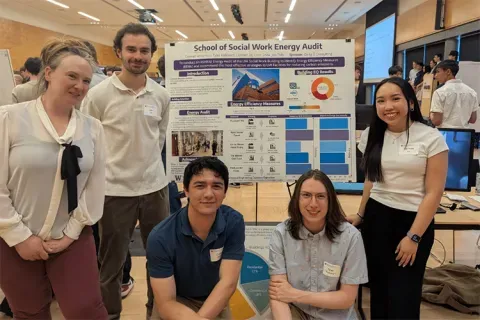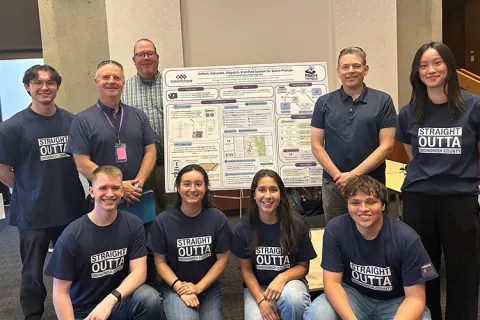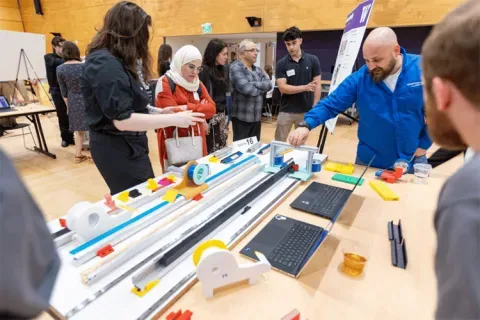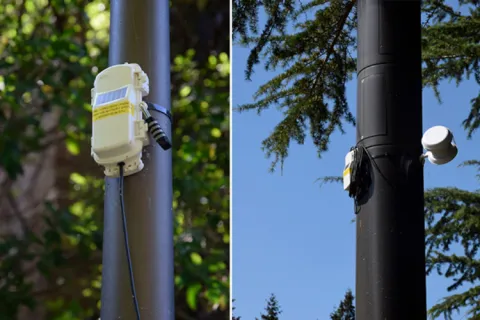Pacific Northwest National Laboratory (PNNL)
Internet of Things of the Sea
Ocean observing systems have always been data limited for many reasons: harsh environment, expensive infrastructure, and low bandwidth communication options to name a few. This student team will work to create a low-power, open source, high speed underwater communication network to bring connectivity to sensors for real-time data acquisition. This project will require electronic design and software protocol development for a wireless connection between a seafloor platform (10-30 meters water depth) and closely located surface buoy. The communication network the student team will work to create can be based off existing protocols but adapted to work in a noisy underwater landscape. Performance goals for the student team: Data rate of 10Mbit/s, power less than 1 watt, intelligent and reliable software design which adjusts to environmental conditions: sea state, water clarity, sediment interference, etc. The subsurface unit will need to be enclosed in a watertight pressure housing, powered by batteries and capable of interfacing with external sensors for data transmission. The surface buoy needs to be solar powered and have a cellular or Wi-Fi connection to land. The end product will be deployed at PNNL Sequim Bay test site. The student team will work to create a functional prototype of a wireless communication system for underwater use. This should include the physical electronics, schematics, and bill of materials and whatever enclosures or containers used to house the setup. A GitHub repository of the software developed for the wireless communication.
Faculty Adviser(s)
Akshay Gadre, Electrical & Computer Engineering
Related News

Mon, 10/13/2025 | UW Mechanical Engineering
Capstone collaboration leads to award
An ME capstone team received first place for its energy audit of the UW School of Social Work building.

Thu, 07/17/2025
UW engineering students develop smart ballot solution
UW engineering students develop smart technology solution to improve ballot collection for Snohomish County.

Mon, 07/07/2025 | UW Mechanical Engineering
Capstone creations
Students displayed innovative capstone design projects at the 2025 expo.

Fri, 09/20/2024 | UW Civil & Environmental Engineering
Smarter irrigation for a greener UW
A new project combines satellite data with ground sensors to conserve water and create a more sustainable campus environment.